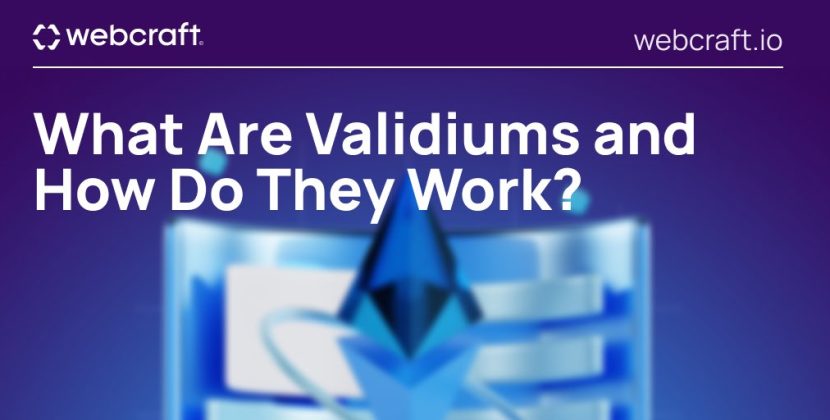
Introduction
Decentralized Finance (DeFi) promises to reshape banking, lending, and trading by removing middlemen and giving individuals direct control of their assets. Yet for DeFi to move beyond early adopters and reach mainstream institutions, it must rest on institutional-grade trust infrastructure. Traditional banks thrive on clear rules, strong security, and regulatory compliance. DeFi platforms need the same level of reliability—plus the transparency and openness that blockchains provide. In this article, we’ll explore why DeFi requires robust custody solutions, trustworthy data oracles, sound governance frameworks, and stringent compliance measures to earn institutional confidence and drive the next wave of financial innovation.
Transparent Governance Frameworks
Decentralized governance gives token holders a voice, but institutions need clear processes:
- Defined Voting Rights: Clarity on who can vote and how many tokens are needed to pass a proposal.
- Timelines and Quorums: Minimum participation rates to ensure decisions reflect a broad consensus.
- Emergency Protocols: Fast-track processes for critical upgrades or security patches.
- On-Chain Records: Immutable logs of proposals, discussions, and voting outcomes for auditability.
Well-documented governance builds confidence that changes won’t be made arbitrarily or without proper review.
Robust Compliance and Regulatory Alignment
Regulators worry about fraud, money laundering, and consumer protection. DeFi platforms aiming for institutional use must:
- KYC/AML Integration: Optional or modular identity checks that satisfy regulatory requirements without losing pseudonymity.
- On-Chain Surveillance: Tools that monitor large transfers and flag suspicious addresses.
- Regulatory Reporting: Automated systems that generate necessary compliance reports for jurisdictions.
- Legal Wrappers: Structures like DeFi-enabled special purpose vehicles (SPVs) that align with existing financial laws.
By embedding compliance tools, DeFi protocols can safely onboard banks, asset managers, and pension funds.
Code Audits and Formal Verification
Smart contract bugs cause billions in losses annually. To achieve institutional-grade trust infrastructure, DeFi projects should require:
- Third-Party Audits: Regular reviews by leading firms (e.g., CertiK, Trail of Bits).
- Bug Bounties: Incentivized programs that reward ethical hackers for finding vulnerabilities.
- Formal Verification: Mathematical proof that code behaves as intended under all conditions.
- Continuous Monitoring: Real-time checks on deployed contracts to detect anomalies or exploits.
These rigorous processes reduce the risk of costly hacks or logic flaws.
Interoperability and Redundancy
Institutions often diversify across blockchains to avoid network-specific risks. A trust infrastructure for DeFi must support:
- Cross-Chain Bridges: Secure token transfers between Ethereum, Solana, Polygon, and other chains.
- Redundant Liquidity Pools: Parallel pools on multiple networks to ensure uninterrupted access to markets.
- Unified Interfaces: Dashboards that aggregate positions and performance metrics across chains.
- Slippage Protection: Algorithms that route transactions for best execution and minimal fees.
Interoperability guarantees institutions can shift assets quickly without service interruptions.
User Experience and Operational Excellence
Even institutional users expect smooth experiences:
- Dedicated Support: 24/7 chat and phone lines staffed by experienced DeFi experts.
- White-Glove Onboarding: Hands-on assistance for wallet setup, testnets, and sandbox environments.
- Service-Level Agreements (SLAs): Guaranteed uptime and response times backed by penalties.
- Training and Documentation: Clear guides, webinars, and developer kits for internal teams.
Combining technical excellence with premier customer service cements trust and fosters long-term partnerships.
Case Studies: Institutional Adoption of DeFi
- Aave’s Institutional Marketplace: Offers KYC-compliant borrowing and lending pools with custody by Fireblocks.
- MakerDAO’s Rise of MIP13: Governance overhaul adding KYC/AML modules, allowing regulated entities to hold MKR.
- Compound’s Enterprise Launch: Partnerships with Paxos for fiat on-ramps and custody, making CPRIME accessible to fund managers.
These examples illustrate how protocols can evolve to meet the stringent demands of financial institutions.
The Road Ahead: Building Sustainable Trust
As DeFi scales, future steps include:
- Regulated Infrastructure Layers: Compliance-centric blockchains or L2s with built-in identity and reporting.
- Decentralized Insurance Pools: Community-driven funds that underwrite smart contract risks.
- Cross-Industry Alliances: Partnerships with banks, payment networks, and custodians to co-develop solutions.
- AI-Powered Security: Automated threat detection systems that learn and adapt to emerging attack vectors.
By continuously raising the bar for security, transparency, and compliance, DeFi can earn institutional trust and unlock trillions in capital.
Conclusion
Decentralized Finance’s true potential hinges on institutional-grade trust infrastructure. Secure custody, reliable oracles, clear governance, rigorous compliance, and top-tier support must replace ad hoc solutions. When DeFi platforms adopt these standards—backed by thorough audits, cross-chain redundancy, and seamless user experiences—traditional financial players will gain the confidence to engage. The result? A more resilient, transparent financial system that combines blockchain’s openness with the risk controls and service levels institutions demand. Building this trust infrastructure is no small feat, but it’s the key to unlocking mass DeFi adoption and forging the future of finance.








